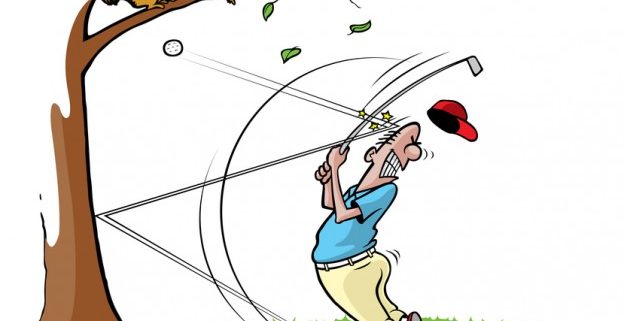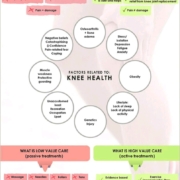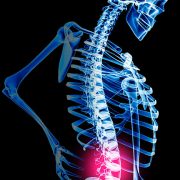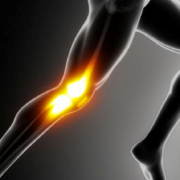Preventing golf injuries
Golf Injuries are more common than you think!
While golf is considered a low-impact sport, golf injuries are common and often due to overuse or poor mechanics. The areas injured, in order of most to least frequent, are the lower back, elbow, wrist and hand, and shoulder.
Golf Injury Treatment
Want to improve your golf by spending more time on the course by preventing avoidable injuries? Here’s how:
Modify Your Swing:
It is important to use correct posture, keep your swing smooth and not try to overhit the ball. The golf swing is a complex and coordinated movement utilising the entire body. Frequent repetition of the swing can place significant stress on the same muscles, tendons and joints leading to injury over time. Injuries can be prevented by understanding the mechanics behind your golf swing. A golf lesson may be helpful for this.
Warm-Up:
Go for a brisk 10 minute or longer walk before practising your swing or playing a round of golf. Then perform stretches targeting the spine and pelvis, elbows, hands, wrists and forearms; before swinging your club a few times, increasing the arc of the swing gradually.
Ease Into It:
Build up to your desired activity level gradually, rather than practising your swing for hours initially, to condition your body.
Flexibility Work:
A stretching program can improve your range of motion and result in a more fluid swing. Your Saanich Physiotherapy Physiotherapist can assist with this.
Strength Work:
Greater club speed comes from stronger muscles and stronger muscles are less likely to get injured. See your Physiotherapist for a strength training program tailored to your needs.
Endurance Work:
Regular aerobic activity, such as walking, jogging, cycling or swimming can increase your endurance (staying power) on the course. Your Physiotherapist can guide you through setting up and maintaining an endurance training program that is right for you.
Aim for Good Ball Contact:
Hitting the ground or the rough can often result in elbow and wrist injuries.
Appropriate Footwear:
Comfort, support, short cleats and protection from the elements are features to look for in a golf shoe. Short cleats are preferable to long cleats to avoid strain on the knees and ankles due to planting of the feet.
Be careful of your shoulder and back when lifting/carrying your golf bag. Let your legs and not your back do the lifting.









